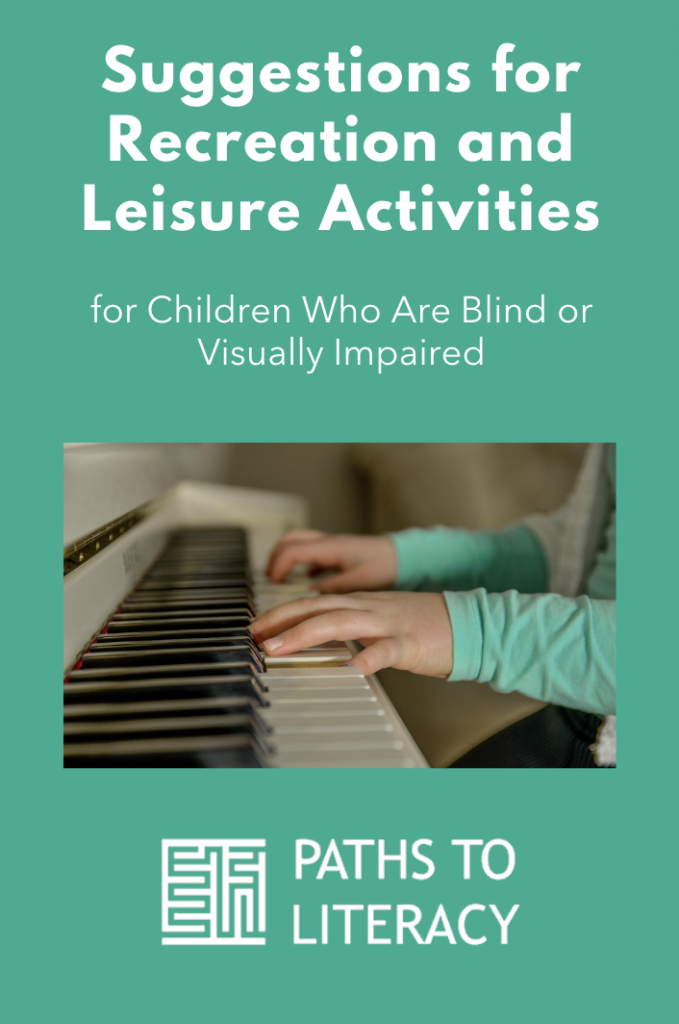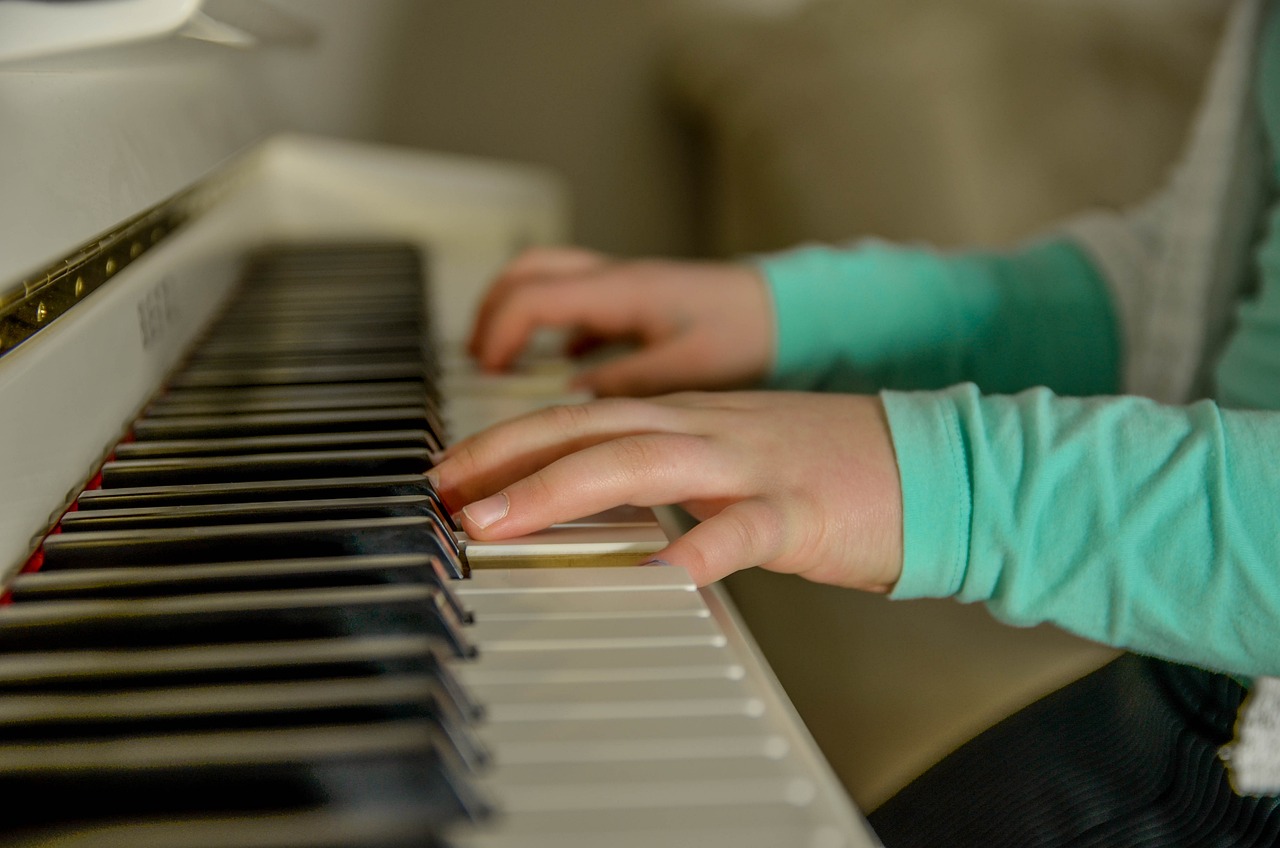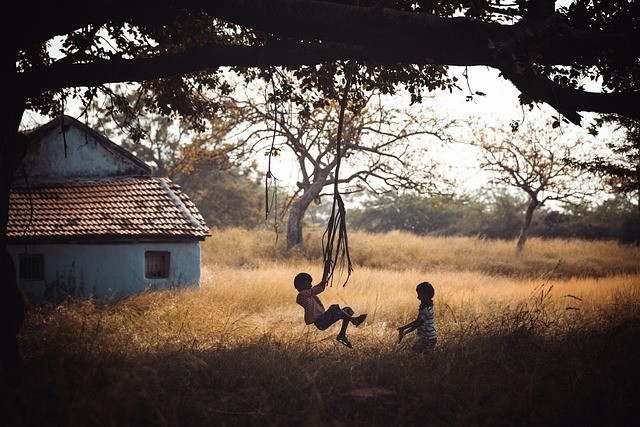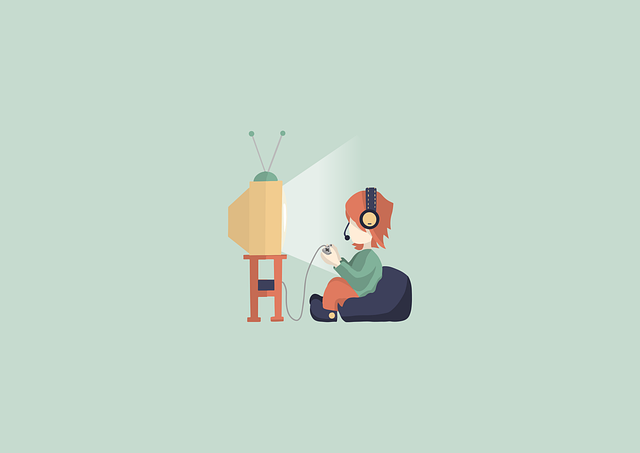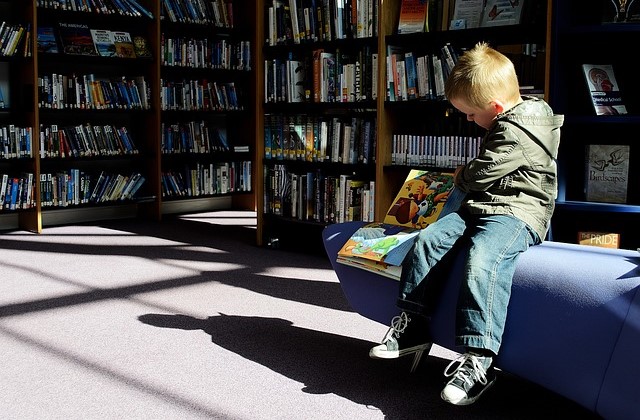Although children play purely for pleasure and not for any goal-directed purpose, they acquire numerous skills during play. Creating fantasies, pretending, interacting with others, moving their bodies, and exploring their environment provide many opportunities to learn. It is important to keep in mind, however, that many children with visual impairments and/or multiple impairments will need to learn “how” to play with toys and games appropriately, as they don’t learn this by watching others.
Games to Develop Cognitive Concepts
Many games encourage children to develop basic cognitive concepts, e.g. recognition of letters, numbers, colors, shapes, and textures, while also promoting important social skills, such as taking turns, interacting with peers, and participating in group activities.
The following is a list of a few games and skill areas. These are readily available in toy stores and can be played by most blind children with no special adaptations.
Game | Skill Area |
| Simon | Auditory Memory |
| Perfection | Fine Motor |
| Cootie | Fine Motor |
| Don’t Spill the Beans | Fine Motor |
| Hot Potato | Social Interaction |
Musical and Auditory Games
Musical/auditory toys are important for a visually impaired child as they offer auditory feedback and stimulation. There are many commercially available musical toys that are designed for a wide range of developmental levels. Chime toys, music boxes and musical instruments are good for developing fine motor skills and wrist rotation, and also learning about cause and effect.
Tool | Skill |
| Keyboards | Finger Strength and Finger Isolation |
| Wind Instruments | Lip Closure and Breath Control |
| Instruments to tap (e.g. drums, sticks, blocks, etc.) | Bimanual Control |
| Instruments to Shake | Cause and Effect Concepts |
| See ‘n Say | Bilateral Hand Use |
| Spinning Tops | Arm and Hand Strength |
| Jack-in-the-Box | Wrist Rotation |
| Busy Poppin’ Pals | Various Hand Skills |
The selection of games is very important. The games should be aimed at the appropriate developmental level of your child, and adaptations should be made so they are suitable for a particular child, if necessary. Most importantly, the games should be playable with nondisabled peers.
In addition to using games that need no modifications, there are numerous adaptations that can be made to games that will allow blind and visually impaired children access to a wider range of recreation/leisure activities.
Adaptations to Games
Some of these adaptations are:
- Divide sections of game boards with glue, or various textures.
- Add braille labels to sections of game boards.
- Use velcro in sections of game boards and on bottoms of playing pieces.
- Braille the instructions and the game cards
- Tape record game instructions.
- Braille regular playing cards or game cards such as Uno.
- Use textures or glue to mark differences in game pieces.
- Add brightly colored stickers to game pieces and game sections.
- Mark dice with braille labels or glue dots.
- Make a Tic-Tac-Toe board with a cake pan and magnet strips.
- Divide checkerboard with glue and mark red playing pieces with texture.
- Play Tic-Tac-Toe with pegs and pegboard.
- Use a large box lid to define playing space.
- Keep score with peg boards, paper clips clipped to index cards or tokens dropped into a container.
Resources for Games
Most of these ideas are for adapting commercially available games. Adapted games such as Scrabble, Bingo, Tic-Tac-Toe, Checkers and large print and braille playing cards are also available through the following distributors:
American Foundation for the Blind
11 Penn Plaza, Suite 300
New York, NY 10001
(212) 502-7600
(800) 232-5463
American Printing House for the Blind
1839 Frankfort Ave.
Louisville, KY 40206
(502) 895-2405
Childcraft
(800) 388-3224
This article was originally published by Texas School for the Blind and Visually Impaired (Originally published in the June 1994 edition of VISIONS) and is reprinted here with permission.
